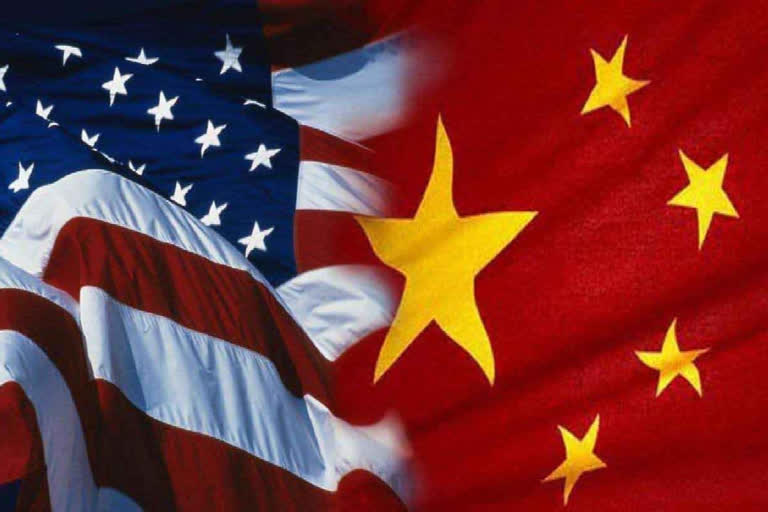New Delhi:China's simultaneous muscle-flexing along the boundaries with India and as well as in the sea against Southeast Asian nations is rapidly establishing that Beijing remains steadfast in challenging the US supremacy in the post-coronavirus world.
In the last decade, the Chinese Communist Party (CCP) has been persistently propagating the view that the American hegemony and the US-led world order is on its last legs. Since the outbreak of the Wuhan-originated coronavirus pandemic, the Xi Jinping regime has been provocatively launching one offensive after another on multiple fronts while the rest of the world is fighting against the contagious disease and the subsequent economic recession.
At home, it is in the process of bringing a new security law in Hong Kong, the semi-autonomous financial hub, to prohibit treason, secession, and sedition against the Chinese government, curbing the pro-democracy movement. On the democratic island of Taiwan, the People's Republic of China (PRC) has warned the world against encouraging One China Two Systems.
Read |Ready to mediate India-China border dispute: Trump
In its surroundings, the CCP has been aggressively fortifying its claim over the South China Sea and its islands disputed by Taiwan, Vietnam, the Philippines, Brunei, Indonesia, and Malaysia. Not only has the People's Liberation Army (PLA) increased its military and naval presence by constructing artificial islands and carrying out other exercises, it has also released names, longitudes, and latitudes for 25 islands and reefs as well as 55 undersea geographic entities, standardising the disputed region. Beijing has also set up two new districts in the city of Sansha in Hainan province to administer islands and reef waters in the disputed SCS.
Though the US, Europe, Australia along with the Association of South-East Asian Nations (ASEAN) countries have been pushing back with warnings and condemnations, Beijing has not budged. Instead it has upped the ante. China's ships have intruded in the waters near the Japanese-controlled islets several times in the last one month, flaunting its supremacy as it surpassed Japan as Asia's leading naval power. The Chinese fleet now has more ships and missiles than the Japanese fleet possesses.
Read |India pose no threat to China, says envoy Sun Weidong
As the US mounted pressure on the Xi government over the South China Sea and Taiwan, the PLA, in its attempt to establish its dominance on the world stage, began needling India along the 1,346 km-long borders in the eastern sector in the northeastern states of Arunachal Pradesh and Sikkim and the 1,597 km-long Line of Actual Control (LAC) in Ladakh of the western sector.
